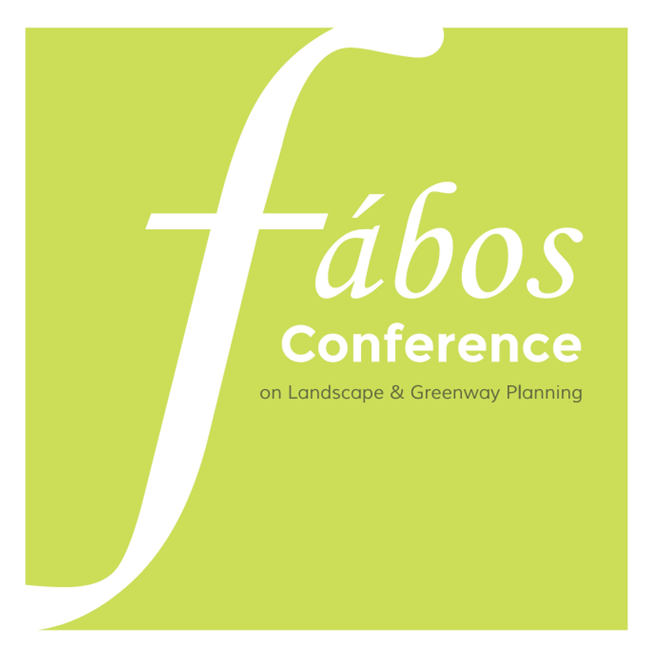Cultural Ecology: Bridging Tradition, Identity, and Environmental Responsibility in Chinese Project.
Abstract
The discussion of architectural sustainability is often dominated by a technocratic approach that focuses on economic, scientific, and planning metrics, neglecting the cultural and perceptual value of projects. Moving from the early eco-design movements of the 1970s and 1980s to a broader understanding of environmental and social responsibility, there has been a recognition since 2014 that architectural sustainability is not only about building techniques, but also about shaping the cultural and economic infrastructure of communities. Culture as the “fourth pillar” of sustainable development is recognized as an essential element in building identity, cohesion and resilience in communities (UCLG, 2010; UNESCO, 2014). Incorporating traditional elements into contemporary design is key to fostering identity appropriation of places and promoting a more balanced relationship between Man and Nature. This approach is particularly relevant in the Chinese context, where the relationship between architecture, environment, and landscape has historically been codified according to four pillars of the Chinese philosophy of harmony: with the sky (form and environmental quality), with the earth (space and built quality), with human beings (social cohesion), and with the self (personal quality of life). Through an overview of case studies, this article explores the concept of cultural ecology, emphasizing how space design can embrace the cultural and historical complexity of places to create spaces that foster not only environmental sustainability but also a sense of belonging and social cohesion.
Reference:
Benton-Short, Lisa, and John Rennie Short. Cities and Nature. London and New York: Routledge.
Gage, Mark Foster. Aesthetics Equals Politics: New Discourses Across Art, Architecture, and Philosophy. Cambridge, MA: MIT Press.
Hedlund-de Witt, Annick. "The Rising Culture and Worldview of Contemporary Spirituality: A Sociological Study of Potentials and Pitfalls for Sustainable Development." Ecological Economics 70, no. 6 (2011): 1057-1065.
Hoa, Liu. Rebuilding China: Thirty Years of Urban Planning, 1949-1979. Beijing: Sanlian Bookstore, 2006.
Li, Pumin, and Bing Li. “九五”时期我国计划体制改革回顾 [A Retrospective on Planning System Reform in China During the Ninth Five-Year Plan Period]. 宏观经济研究 2 (2001): 24-26.
Lü, Junhua, Peter G. Rowe, and Jie Zhang. Modern Urban Housing in China, 1840-2000. Munich: Prestel, 2001.
Rinaldi, Bianca Maria. The Chinese Garden: Garden Types for Contemporary Landscape Architecture. Berlin: De Gruyter, 2016.
Woodgate, Graham, and Michael Redclift. "From a 'Sociology of Nature' to Environmental Sociology: Beyond Social Construction." Environmental Values 7 (1998): 3-24.
Keywords: Cultural ecology, Tradition, Identity, Social cohesion., China, Cultural Ecology, Social cohesion. China Hit Enter to add a new keyword., Social Cohesion, Chinese Garden
How to Cite:
La Monaca, F., (2025) “Cultural Ecology: Bridging Tradition, Identity, and Environmental Responsibility in Chinese Project.”, Fábos Conference on Landscape and Greenway Planning 8(1). doi: https://doi.org/10.7275/fabos.2440
203 Views
186 Downloads
